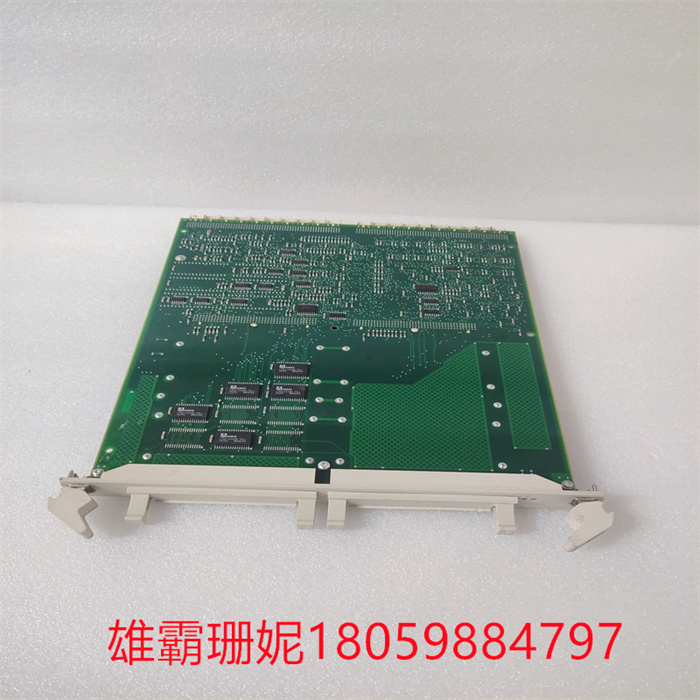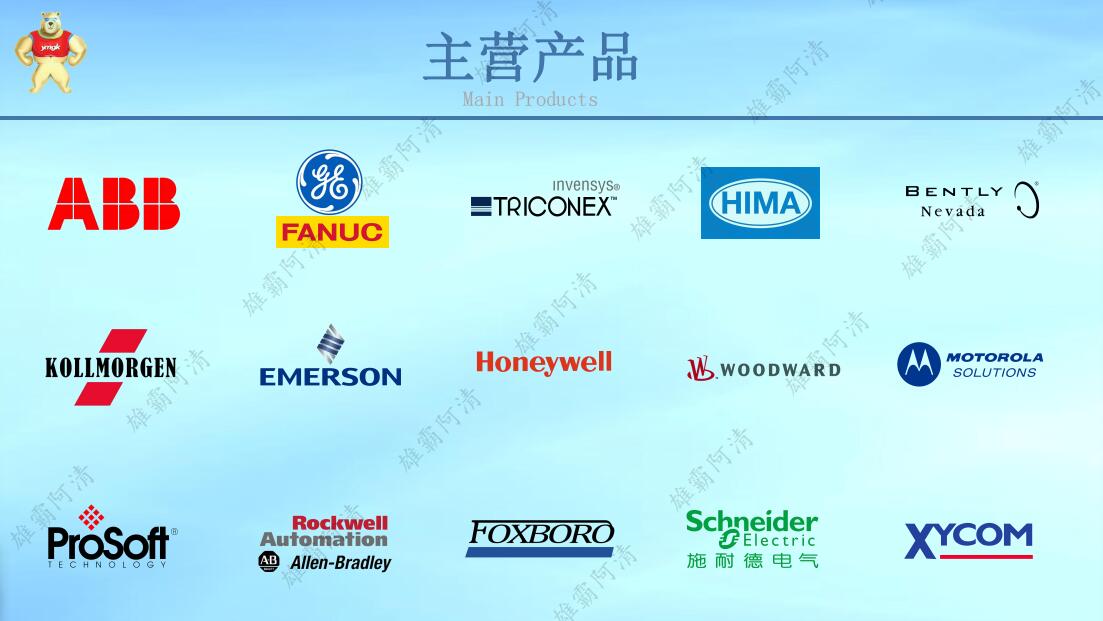ABB SC540 3BSE006096R1 扩展模块

ABB机器人创建信号及关联信号步骤车间ABB机器人较多,做改善或临时增加信号需要对机器人的信号进行配置,没有标准化流程,过程不清晰。1、创建信号之前先到要创建的模块里确认地址有没有被占用,创建组信号要查看组信号有没有包含在内的单个地址,创建单个信号要查看该信号有没有被别的组信号所包含。2、选择菜单,控制面板,配置系统参数,signal, 显示全部3、name:要创建的信号的名字;type of signal: 信号类型;assigned to device:要创建的信号 属于那个模块;device mapping:信号的地址。4、选择菜单,控制面板,配置系统参数,cross connection,显示全部5、name:要创建的关联信号的名称;resultant: 关联信号的结果;actor1:个条件;invert actor1:个条件是否取反;operator1:跟下 一个条件的关联关系;actor2:第二个条件; invert actor2:第二个条件是否取反;operator2:跟下一个条件的关联关系。总结:此类标准化作为新人学习ABB机器人信号创建及信号关联的一个入门级教程,对其有较好的指导作用。车间ABB机器人较多,做改善或临时增加信号需要对机器人的信号进行配置,没有标准化流程,过程不清晰。1、创建信号之前先到要创建的模块里确认地址有没有被占用,创建组信号要查看组信号有没有包含在内的单个地址,创建单个信号要查看该信号有没有被别的组信号所包含。2、选择菜单,控制面板,配置系统参数,signal, 显示全部3、name:要创建的信号的名字;type of signal: 信号类型;assigned to device:要创建的信号 属于那个模块;device mapping:信号的地址。4、选择菜单,控制面板,配置系统参数,cross connection,显示全部5、name:要创建的关联信号的名称;resultant: 关联信号的结果;actor1:个条件;invert actor1:个条件是否取反;operator1:跟下 一个条件的关联关系;actor2:第二个条件; invert actor2:第二个条件是否取反;operator2:跟下一个条件的关联关系。总结:此类标准化作为新人学习ABB机器人信号创建及信号关联的一个入门级教程,对其有较好的指导作用。
ABB SC540 3BSE006096R1 扩展模块

Steps for ABB Robots to Create Signals and Related Signals There are many ABB robots in the workshop. To improve or temporarily increase signals, it is necessary to configure the signals of the robots. There is no standardized process and the process is unclear. 1. Before creating a signal, go to the module to be created to confirm whether the address is occupied. When creating a group signal, check whether there is a single address included in the group signal, and when creating a single signal, check whether the signal is included in other group signals. 2. Select menu, control panel, configure system parameter, signal, and display all 3. name: the name of the signal to be created; Type of signal: signal type; Assigned to device: which module the signal to be created belongs to; Device mapping: the address of the signal. 4. Select menu, control panel, configure system parameters, cross connection, and display all 5. name: the name of the associated signal to be created; Result: the result of correlation signal; Actor1: conditions; Invert actor1: whether the conditions are inverted; Operator1: Association with the next condition; Actor2: the second condition; Invert actor2: whether the second condition is inverted; Operator2: Association with the next condition. Conclusion: As an entry-level course for newcomers to learn ABB robot signal creation and signal correlation, this kind of standardization has a good guiding role. There are many ABB robots in the workshop. To improve or temporarily increase the signal, it is necessary to configure the signal of the robot. There is no standardized process and the process is unclear. 1. Before creating a signal, go to the module to be created to confirm whether the address is occupied. When creating a group signal, check whether there is a single address included in the group signal, and when creating a single signal, check whether the signal is included in other group signals. 2. Select menu, control panel, configure system parameter, signal, and display all 3. name: the name of the signal to be created; Type of signal: signal type; Assigned to device: which module the signal to be created belongs to; Device mapping: the address of the signal. 4. Select menu, control panel, configure system parameters, cross connection, and display all 5. name: the name of the associated signal to be created; Result: the result of correlation signal; Actor1: conditions; Invert actor1: whether the conditions are inverted; Operator1: Association with the next condition; Actor2: the second condition; Invert actor2: whether the second condition is inverted; Operator2: Association with the next condition. Conclusion: As an entry-level course for newcomers to learn ABB robot signal creation and signal correlation, this kind of standardization has a good guiding role.


Copyright © 2022-2024 厦门雄霸电子商务有限公司 版权所有 备案号:闽ICP备14012685号-33